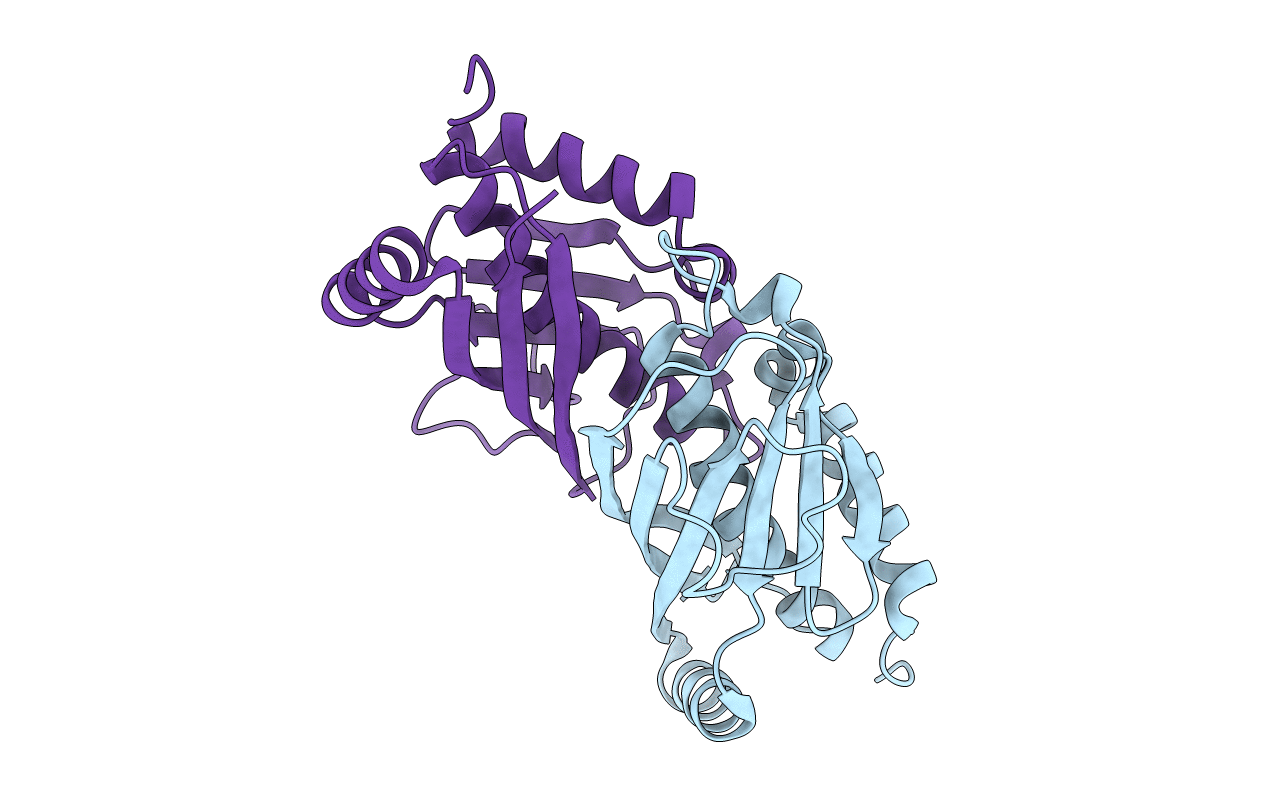
Deposition Date
2010-01-29
Release Date
2010-03-16
Last Version Date
2024-11-06
Entry Detail
PDB ID:
3LMB
Keywords:
Title:
The crystal structure of the protein OLEI01261 with unknown function from Chlorobaculum tepidum TLS
Biological Source:
Source Organism:
Oleispira antarctica RB-8 (Taxon ID: 698738)
Host Organism:
Method Details:
Experimental Method:
Resolution:
2.10 Å
R-Value Free:
0.22
R-Value Work:
0.16
R-Value Observed:
0.16
Space Group:
P 21 21 21


